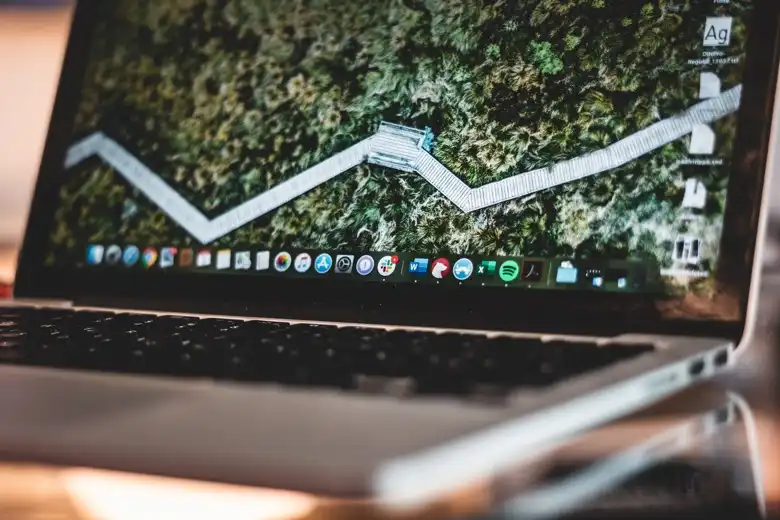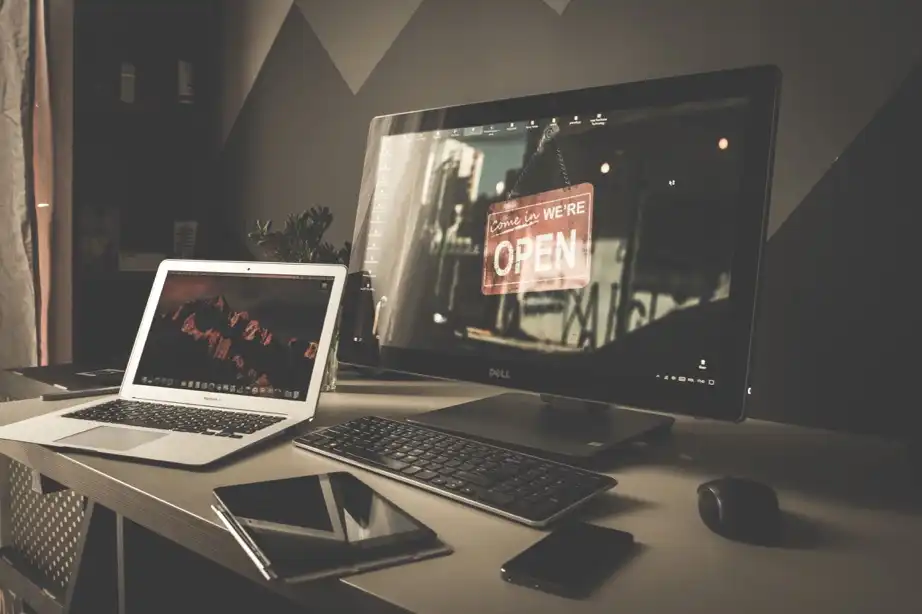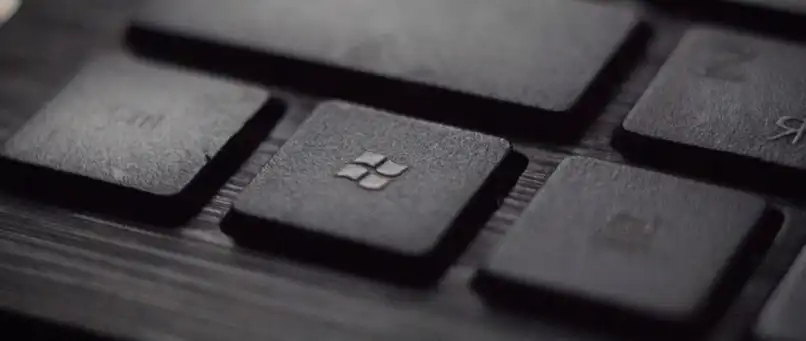It’s no secret that a lot of people still want to run Windows on their Macbook devices. The allure of the familiar Windows environment is hard to resist, and for many people, the idea of giving up that comfort is simply unthinkable. But what if you were told that running Windows on your Macbook could actually drain the battery faster? People have been questioning does it is right that installing or running Windows on MacBook can drain the battery faster.
Installing Windows on MacBook does not drain the battery, but running Windows on MacBook does. MacOS is specifically designed for best-suited MacBook hardware and is very smart about power usage. Windows is not nearly so optimized for low battery consumption.
What is The Reason for This Discrepancy in Battery Life Between MacOS and Windows
For years, Apple has been perfecting its expertise in creating mobile devices that run on battery power. Through this experience, they’ve gained the know-how to make crucial engineering decisions and boost device life expectancy.
There are a few reasons for this discrepancy in battery life between macOS and Windows. It is all correlated to the fact that the hardware inside of Macbook is often better tailored to handle macOS than it is to handle Windows, meaning that you’ll get better battery life out of your MacBook if you stick with macOS.
The biggest trick is turning components off when not needed - Intel CPUs consume more electricity while running but barely any during sleep mode, So macOS decided to keep power-intensive components asleep.
A regular desktop operating system will often have dozens of threads up and running at once which cycle through sleeping then waking intervals – think mini alarm clocks routinely stirring your CPU awake. With energy-saving tricks gained from iOS, macOS makes your device more efficient. Instead of waking up and dozing off multiple times for individual tasks, it now wakes just once to get all its work done!

How Can You Make Sure That Your MacBook Battery Lasts as Long as Possible
There are a few things you can do to make sure that your MacBook battery lasts as long as possible. First, try to avoid using Windows on your MacBook, as this can drain the battery more quickly. Second, be aware of how you’re using your MacBook, keep the brightness low, disable features you don’t need, and use sleep mode when possible. Third, make sure that all of the software on your MacBook is up to date, as updates often include optimizations that improve battery life.
If you’re interested in finding out more about maintaining your MacBook battery lifetime, check out our tips for maximizing your MacBook battery.
What are Some of The Best Ways to Run Windows on a MacBook Without Draining The Battery
can’t think of one.
Are There Any Other Alternatives to Running Windows On a MacBook
There are a few alternatives to running Windows on a MacBook. One option is to use Boot Camp, which allows you to install Windows on your MacBook alongside macOS. This gives you the best of both worlds but can be a bit cumbersome if you need to switch between operating systems frequently. Another option is to use a virtual machine, which allows you to run Windows within macOS. This is a more convenient option but can be slower and more resource-intensive than using Boot Camp.
From my perspective, the best option is to use dual-boot Windows and macOS, which would give you the ability to use either operating system at startup. This option is the most high-performance method because it will only run one operating system at one time, but it requires more advanced skills to do.
Does Using Boot Camp affect MacBook Battery?
There is some discrepancy in terms of how using Boot Camp affects MacBook battery life. Some people say that it drains the battery more quickly, while others report no difference at all.
The reason for this discrepancy may be that different people use Boot Camp in different ways, and each person’s experience with it will be unique. Another possibility is that there are variations in the way different versions of Boot Camp work, so some people may have a better experience with it than others.
Whatever the case may be, it’s important to experiment with Boot Camp to see how it affects your own MacBook battery life. If you find that it significantly decreases your battery life, then you might want to consider using a virtual machine or another workaround instead.

The Pros and Cons of Running Windows on a MacBook
Macs and PCs have always been different beasts, and that difference is only magnified when it comes to operating systems. Windows is the most popular OS in the world, while macOS holds a strong second place. So what happens when you try to run Windows on a Mac? Let’s take a look at the pros and cons.
One of the biggest advantages of running Windows on a Mac is that you have access to a much wider range of software. While there are many excellent macOS apps, some niche programs can only be found for Windows. Another plus is that you can easily switch between operating systems, so if you need to use a Windows-only program, you can just boot into Windows and use it without any issue.
However, there are also some significant drawbacks. First of all, it can be slow and resource-intensive to run Windows on a Mac, particularly if your Mac is not equipped with powerful enough hardware. In addition, you may encounter compatibility issues with certain hardware and software. And finally, there’s always the security risk inherent in running two different operating systems side by side. Overall, whether or not running Windows on a Mac is right for you depends on your specific needs and situation.
Conclusion
While running Windows on a Mac can drain the battery more quickly, there are also some significant benefits to doing so. For example, you have access to a wider range of software, and it’s easy to switch between operating systems. Overall, whether or not running Windows on a Mac is right for you depends on your specific needs and situation.
